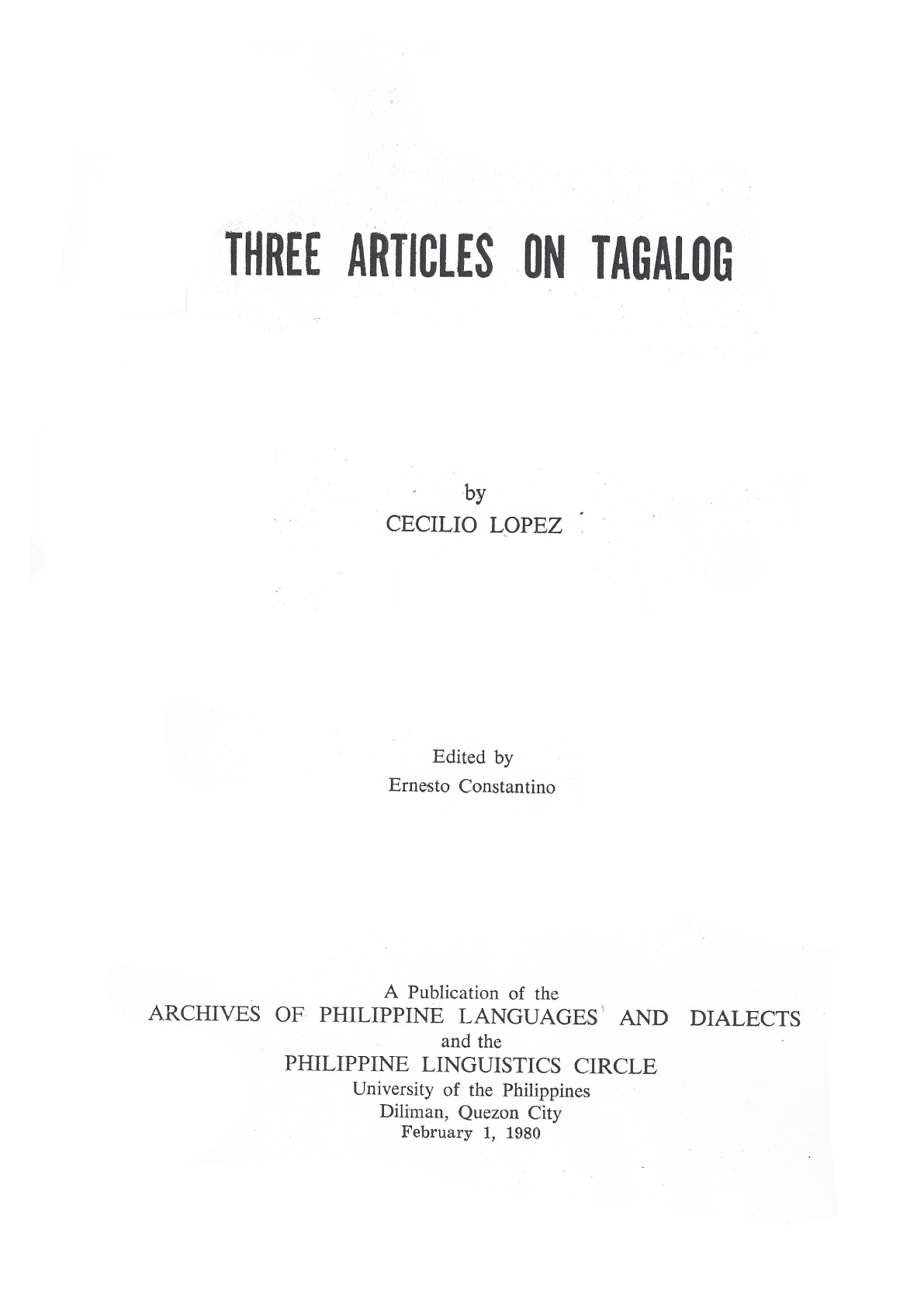Tagalog bú:rok: An Interim Report
Abstract
In my dialect bú:rok does not occur as an independent form, and I have not heard it in others, except in the reference below to Batangas Tagalog. Common, however, is the derivative with nasal-substitution and reduplication to express quality, as bugók and bulók do, thus, namumú:rok ‘pink and rosy, delicate, almost transparent skin, esp. a lady’s cheeks, with capillaries visible.’3 I am not acquainted with De Noceda’s ‘yema del huevo’, Laktaw’s ‘yema’ and ‘yema del huevo’ and Panganiban’s ‘egg yolk’, which must be either old or dialectal. Modern Tag for ‘egg yolk’ is pula naη qitlóg, lit. ‘red of egg’. To the old dialectal meaning, Panganiban adds ‘rosiness (s.o. skin)’, which is near synonym to the meaning of namumú:rok in my dialect. In the dialect of one speaker from Batangas Province, from where Panganiban comes, bú:rok is ‘healthy characterized by having pinkish cheeks’.4
The purpose of this paper is to show if bu:rok may be considered a variant of bugók and bulók.


